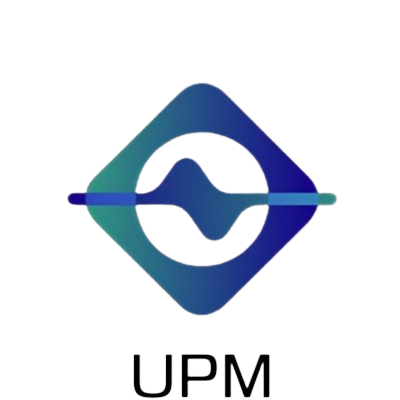A project manager focuses more on logistical elements of a project, such as scheduling, budgeting and managing resources. While there are some duties both titles share, a product manager and a product owner are different roles. For example, a product manager is in a strategic position as they work on the product’s vision, company objectives and the market. Product owners, on the other hand, take the product manager’s strategy and make it actionable for cross-functional teams to execute. While a product manager doesn’t need to know how to code (though it doesn’t hurt), they will work closely with technical teams, including product engineering and UX. In order to do their job well and speak to challenges that developers may face, they need at least a basic knowledge of how product development works.
Prepare for a product manager role
They do this in several ways; first, they consider customer feedback and business objectives and organize it into a feature request backlog. In the case of your team struggling with both issues, adding a program manager and a project manager to your team can solve product and project issues. Lead the development and strategy of digital products, aligning business objectives with user needs and overseeing their implementation. Provide functional and management expertise managing programs, fostering delivery excellence, nurturing talent and improving project methodologies. We’re looking for those with curious minds, those that have a passion for building great products and for managing projects efficiently. All of this happens within mature program management frameworks, to ensure we deliver new services to our users with speed and care.
Resources
This can be done with the help of a change control process which helps document and track project changes. Project management is an incredibly helpful skill, whether or not you plan to become a project manager. Many jobs, from finance to marketing, consist of short- and long-term projects. A product refers to any service or item that an organization creates to serve a customer need. Products can be physical, like furniture or clothing, or digital, like an app, or a video feature on a website. A project, on the other hand, is a set of tasks completed to achieve an outcome.
Project, Program, and Product Management—Non-Tech
The product manager comes up with a product vision and follows up with a strategy. To establish the vision, the product manager analyzes the market and competitive conditions to strike a clear path toward the business value of the product. For one, they lead the team to deliver an end product, meaning they are the ones who come up with the strategy to do so. Product managers do this by gathering market research, UX research, user stories, and product feature requests from various sources.
- Lam offers a variety of work location models based on the needs of each role.
- In addition to fostering internal relationships, Product Managers also need to maintain a pulse on customer sentiment.
- You’ll find more detailed salary data for different locations and industries in our dedicated product manager salary guide.
- Products can be physical, like furniture or clothing, or digital, like an app, or a video feature on a website.
- But they are indeed two different roles, as will become clear when we explore the day-to-day tasks and responsibilities of each.
Can a project manager become a product manager?
- This includes managing stakeholders, tasks, and progress; seeing the project through to completion; and implementing necessary tools for success.
- Projects have a defined beginning and end, and they usually have a certain amount of time, resources, and budget allocated to them.
- Beyond a product roadmap, product managers have a wide repertoire of tools and techniques they can use to accomplish their goals.
- Most Product Managers come from a diverse range of backgrounds, but a common trend includes degrees in fields such as business, engineering, or computer science.
- This approach not only enhances product quality but also ensures a closer alignment with customer expectations, paving the way to successful product outcomes.
These professionals establish guidelines to determine a project’s success. They also monitor updates to make sure Project Product Manager job progress aligns with the organization’s original goals and vision. These skills are crucial for building relationships and leading cross-functional teams effectively, ensuring successful product development and delivery. Additionally, emotional intelligence plays a significant role, as it helps Product Managers to empathize with users and team members alike, fostering a culture of collaboration and innovation.
- Product managers can also use our task list for their own work to stay on top of deadlines.
- They play a significant role in ensuring that product offerings align with customer preferences and seasonal demands.
- While they are two different roles, product managers and project managers overlap frequently in order to deliver a successful project.
- The average annual salary for product managers is around $105,000, but salaries range from around $86,000 for someone with less than one year of experience to over $134,000 for someone with more than 10 years of experience.
- A project manager is somebody who plans these projects by creating teams, determining schedules, managing budgets, and communicating with stakeholders until each project is completed.
- Project management is an incredibly helpful skill, whether or not you plan to become a project manager.
They develop a continuous feedback loop between users and developers in order to see if a product can be improved after launch. Product managers can progress into more senior roles including senior product manager, director of product, or VP of product. A project manager’s role focuses on identifying and managing processes to better organize priorities, increase efficiency, and create organizational clarity. A project manager owns a variety of tasks related to project planning, implementation, and performance tracking. In other words, all initiatives involved in a project lifecycle and the five project management phases. Your day starts by troubleshooting product implementation issues and documenting them in your risk register.
